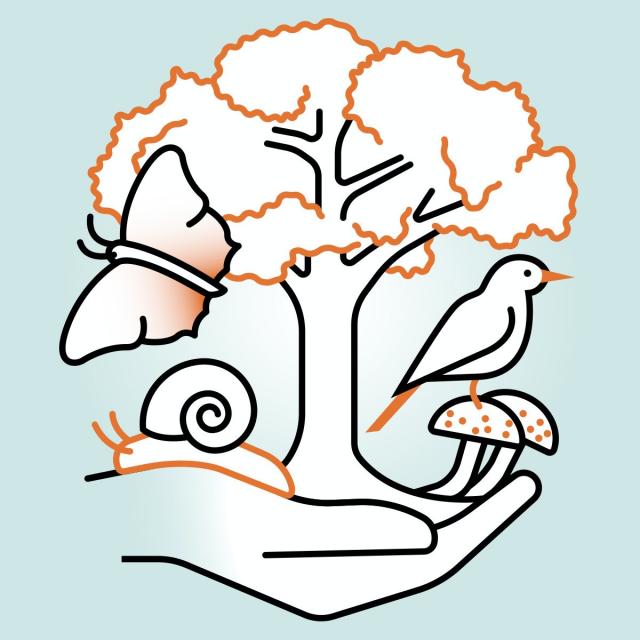
This course is unique in several respects:
- The video lectures are presented by many of the biodiversity scientists at the University of Zurich, with each of them speaking about their own area of expertise, and the general area in which this resides.
- It covers topics ranging from quite conceptual to very applied, and from natural to social sciences.
- Video lectures vary in their depth and technical content, so there is something to challenge even more advanced learners.
- Assessments are designed to test core knowledge.
- There are two novel peer assignments, in which you will get feedback from peers about your submission. This will create for you a more interactive experience than otherwise.
- The final course module and its peer assignment encourages you to become a "Biodiversity Ambassador" -- someone who speaks out on behalf of biodiversity.
- We encourage and facilitate building of a community and to pair up with other participants to become active Biodiversity Ambassadors together.
TOPICS OF THE 8 MODULES OF THIS MOOC
Module 1: What is biodiversity? What facets of diversity can we observe?
Module 2: How does evolution work? How do you interpret evolutionary trees? How are species described and classified? Why are there sometimes different classifications for a group of organisms?
Module 3: Biodiversity in our diets. This includes an exercise in which you will look at the diversity in your diet and classify it.
Module 4: Ecological patterns and processes: how do you find out which species are where, what spatial patterns can be observed, remote sensing of functional diversity.
Module 5: Why is biodiversity important? Values of biodiversity. Description of the Ecosystem services framework.
Module 6: History of life on Earth. The current climate change ("global warming"). What is the "Great Acceleration"? Global change in general and how it affects amphibians and the Arctic. How do scientists make predictions about the future of species?
Module 7: Some ways in which humans are helping biodiversity: Conservation of nature in protected areas, politics, sustainable (green) business, conservation actions to save species and restore habitats, and researching biodiversity with the help of natural history collections and citizen science.
Module 8: What can you do to help biodiversity and mitigate climate change? How can you be a Biodiversity Ambassador?
